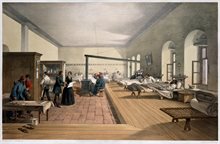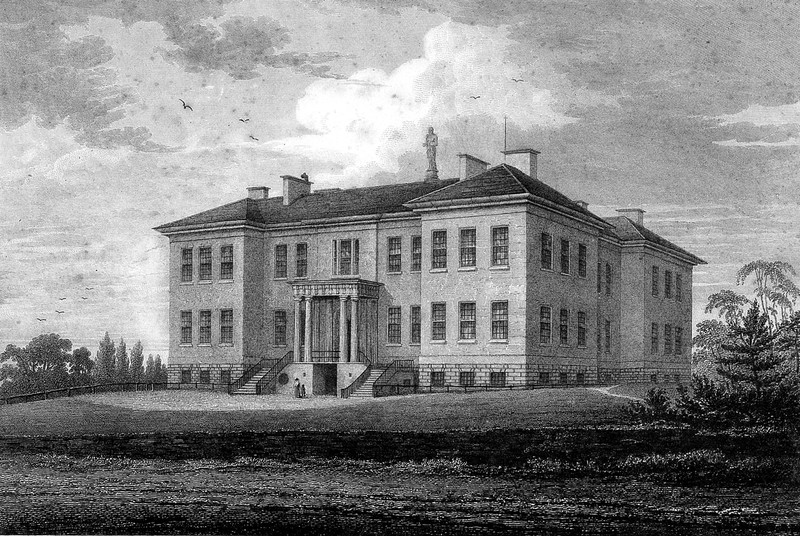Crimean War
In the hospital in Scutari during the Crimean War, Florence Nightingale wrote of her homesickness:
'How I like to hear that ceaseless roar, the fretting of the Straits (of Istanbul): it puts me in mind of the dear Derwent; how often I have listened to it from the nursery window.'
When she returned to Lea Hurst from the Crimea in August 1856, Florence Nightingale was already famous. Not wanting the publicity, she left the train quietly and walked up the hill to Lea Hurst unnoticed and alone.
Return from the Crimea and Advisory Role
From the mid-1850s, when she returned from the Crimea, Nightingale was often bed-ridden, and the considerable workload she took on meant she couldn't care for local people herself.
During the 1870s she employed a Derbyshire doctor, Christopher Dunn, to provide for the villages around Lea Hurst. She appointed Dr George MacDonald to continue this work in the 1890s.
During the 1860s Florence Nightingale was a key advisor to Dr William Ogle, the chief physician of the Derby General Infirmary (which later became The Derbyshire Royal Infirmary). Ogle set up the Derbyshire Medical Association, and the Nursing and Sanitary Issue, for the training of nurses, in 1862.
A new wing was added to the Infirmary in 1872, and named ‘The Nightingale Wing’, 'in honour of the distinguished lady whose name is so bright an ornament to her native County; and who, by the bestowal and promise of her invaluable assistance, may justly be considered the principal promoter of the undertaking.'

'One of the wards in the hospital at Scutari', 1856 lithograph. Wellcome Collection, used under CC BY 4.0.

'View of the Derbyshire General Infirmary', printed in Charles Sylvester, The Philosophy of Domestic Economy (Nottingham: Barnett, 1819). Wellcome Collection, used under CC BY 4.0